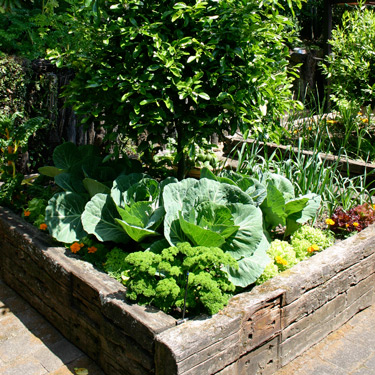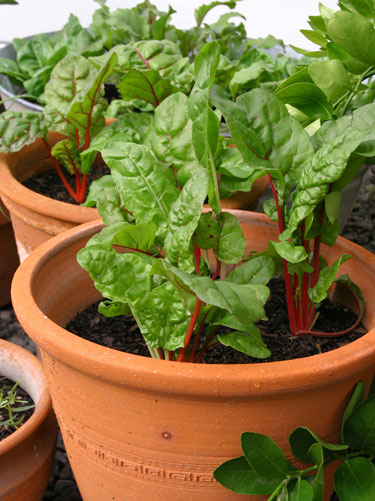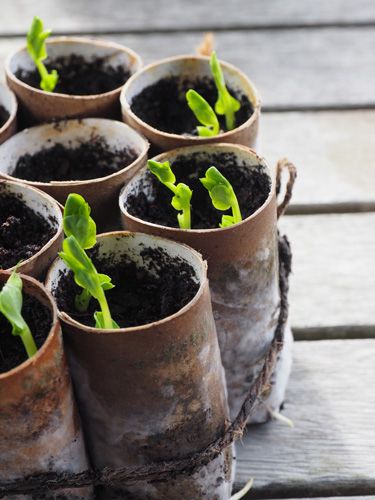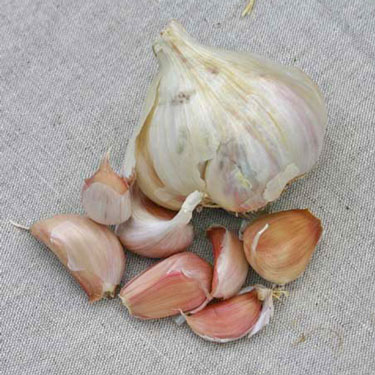Winter warmers
Winter is also an ideal time for vigorous outdoor projects that will set you up well for this coming spring and many season to come. It’s a good time for planting deciduous fruit trees. Vegetable plants grow more slowly in winter but, unless your garden is under snow, there is plenty to plant and sow. In warmer climates many vegetable plants grow all year round. Keep planting the gaps for a satisfying non-stop supply for nutritious food.
| 1 | FEED THE SOIL TIP: As you trim herbs and shrubs, lay the clippings on the soil as mulch. |
| 2 | BUILD RAISED BEDS |
| 3 | GROW CROPS IN POTS TIP: Veges grown in containers need regular feeding. |
| 4 | GET COMPOSTING |
| 5 | PLANT STRAWBERRIES TIP: Use pea straw as mulch around strawberry plants to keep the fruit clean and dry. |
| 6 | PLANT POTATOES |
| 7 | PLANT A ‘FOOD FOREST’ |
| 8 | GET READY TO PLANT ASPARAGUS |
| 9 | SOW PEAS |
| 10 | PLANT GARLIC TIP: For big fat healthy garlic bulbs, be sure to keep up with watering in spring and early summer. |
Plant now...Cabbage, broccoli, cauliflower, onions, leeks, garlic, potatoes, silverbeet, spinach, fruit trees, berries.
Sow now...Broad beans, peas and snow peas, carrots, beetroot, radish, microgreens.

15-Jun-2024

Feed the soil

Build raised beds

Grow crops in pots

Get composting

Plant strawberries

Sow peas

Plant garlic

